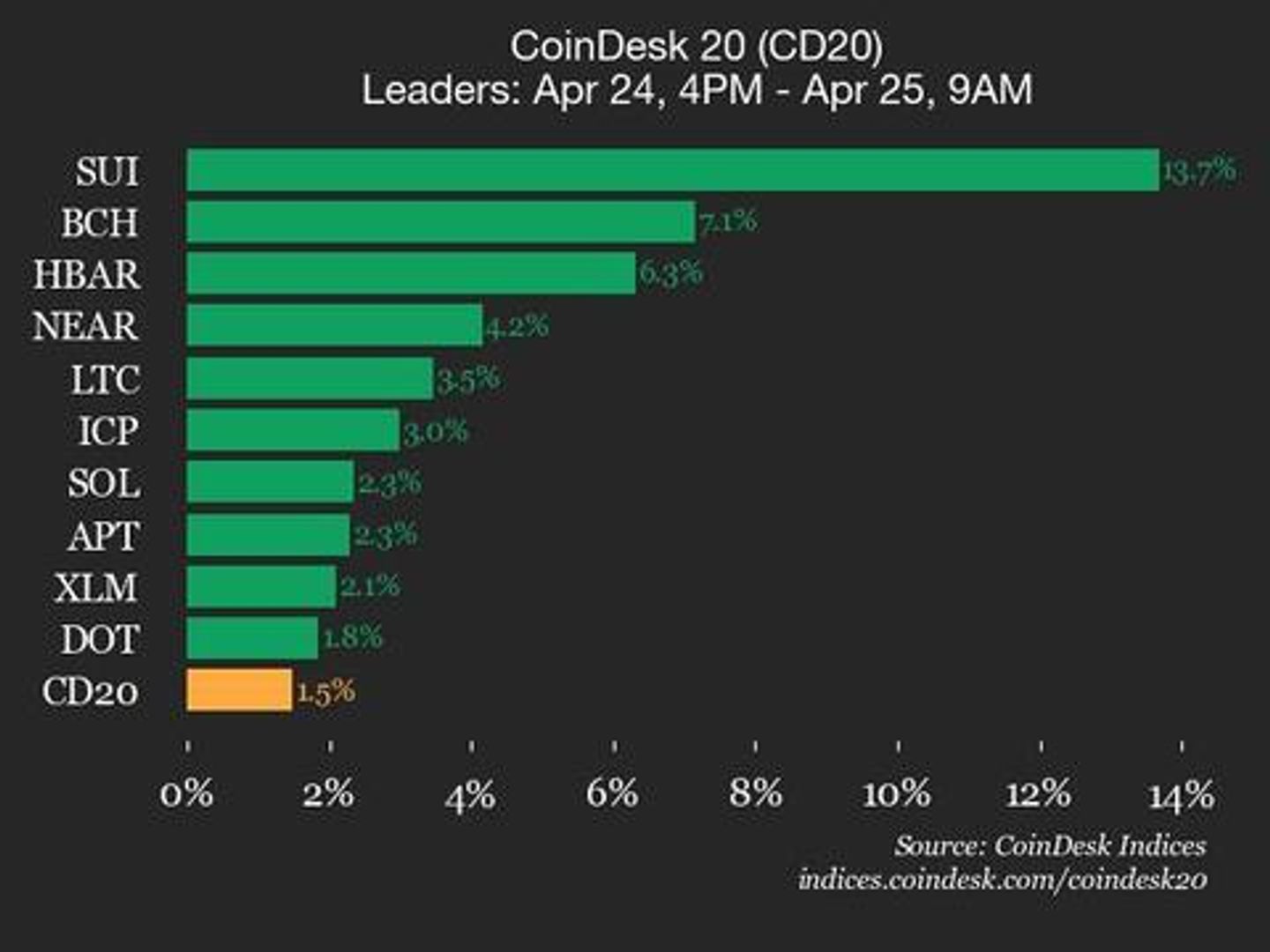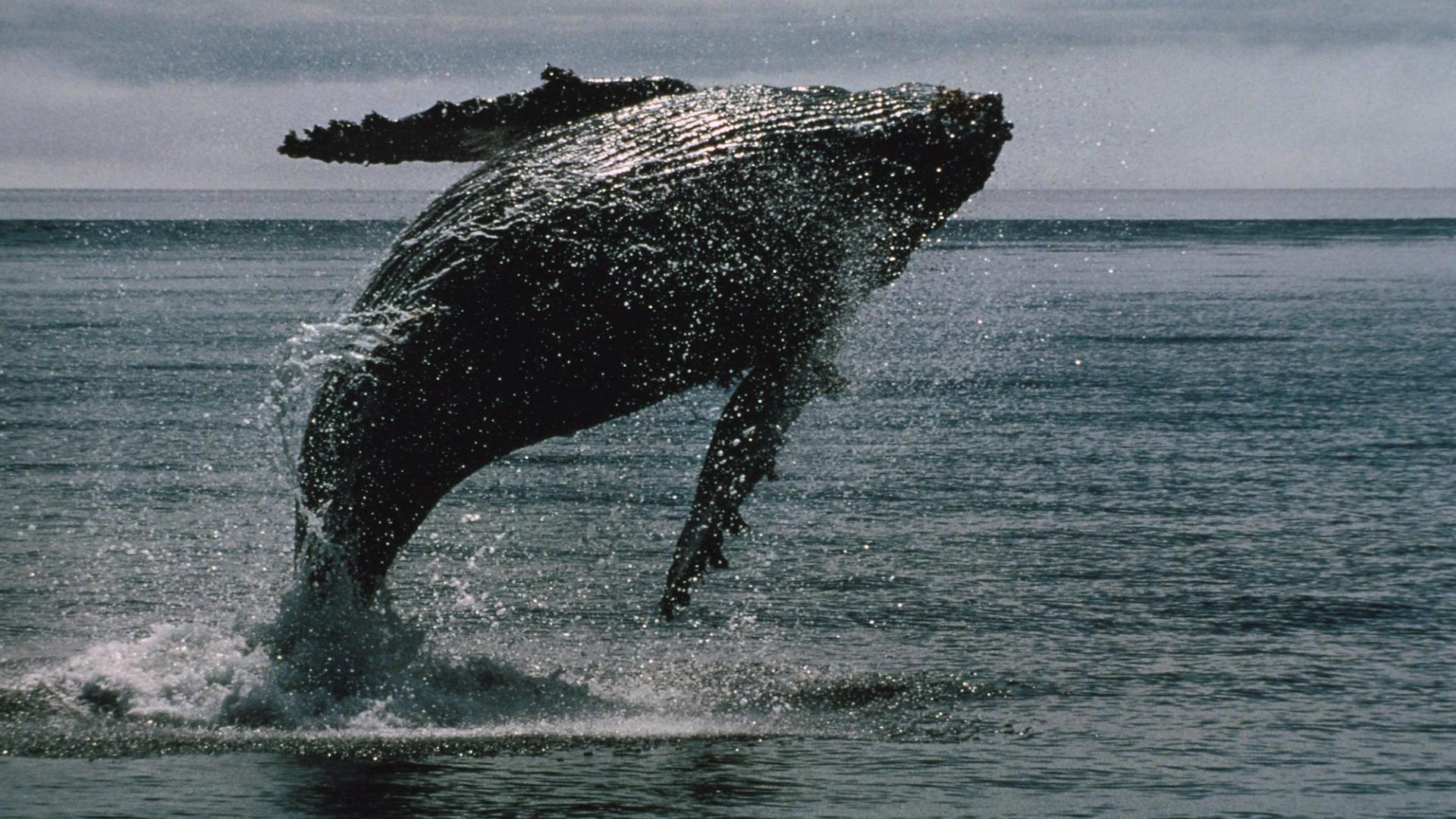If you're starting with Docker or just want to review the most useful commands, this guide is for you. These 10 commands will help you manage your containers and images with ease and confidence. docker run Creates and starts a new container from an image. docker run hello-world With Options: docker run -d -p 8080:80 nginx -p: maps a local port to the container port -d: runs the container in the bg (detached mode) docker ps Lists running containers. docker ps To see all containers (including stopped ones): docker ps -a docker images Shows all local Docker images. docker images docker exec Runs a command inside a running container. docker exec -it my_container bash -it: opens an interactive shell session inside the container docker logs Displays the logs of a container. docker logs my_container Use -f to follow the log output in real time: docker logs -f my_container docker build Builds a new image from a Dockerfile. docker build -t my_image . -t: tags the image with a name docker stop / docker start Stops or starts containers. docker stop my_container docker start my_container docker rm / docker rmi Removes containers or images. docker rm my_container docker rmi my_image -f: force removal if needed. docker-compose up Starts all services defined in a docker-compose.yml file. docker-compose up -d -d: runs services in the background docker volume Manages persistent volumes. docker volume ls docker volume create my_volume docker volume rm my_volume Conclusion These are the most important Docker commands to help you get started and work more efficiently with containers. With practice, you’ll be using them naturally in your daily development tasks. Do you use Docker often? What other commands do you find useful? Feel free to share them in the comments!
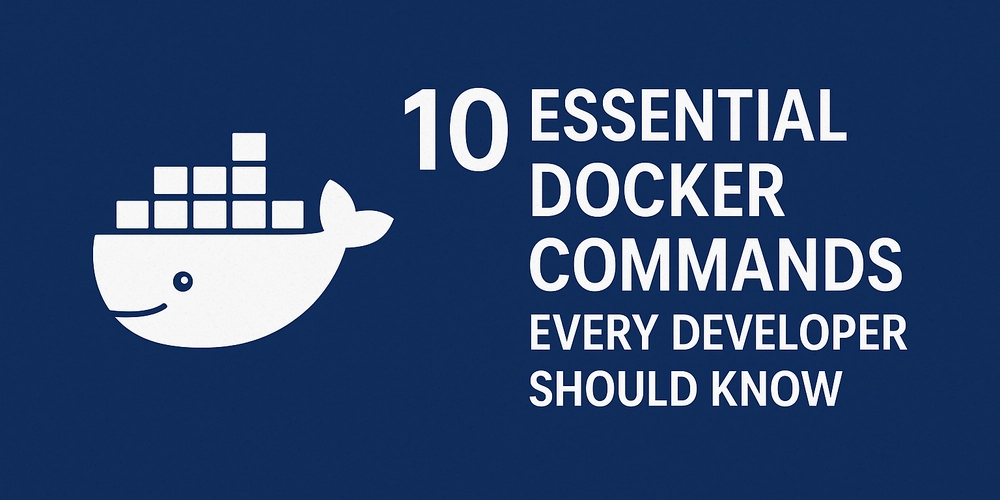
If you're starting with Docker or just want to review the most useful commands, this guide is for you. These 10 commands will help you manage your containers and images with ease and confidence.
docker run
Creates and starts a new container from an image.
docker run hello-world
With Options:
docker run -d -p 8080:80 nginx
-
-p: maps a local port to the container port -
-d: runs the container in the bg (detached mode)
docker ps
Lists running containers.
docker ps
To see all containers (including stopped ones):
docker ps -a
docker images
Shows all local Docker images.
docker images
docker exec
Runs a command inside a running container.
docker exec -it my_container bash
-
-it: opens an interactive shell session inside the container
docker logs
Displays the logs of a container.
docker logs my_container
Use -f to follow the log output in real time:
docker logs -f my_container
docker build
Builds a new image from a Dockerfile.
docker build -t my_image .
-
-t: tags the image with a name
docker stop / docker start
Stops or starts containers.
docker stop my_container
docker start my_container
docker rm / docker rmi
Removes containers or images.
docker rm my_container
docker rmi my_image
-
-f: force removal if needed.
docker-compose up
Starts all services defined in a docker-compose.yml file.
docker-compose up -d
-
-d: runs services in the background
docker volume
Manages persistent volumes.
docker volume ls
docker volume create my_volume
docker volume rm my_volume
Conclusion
These are the most important Docker commands to help you get started and work more efficiently with containers. With practice, you’ll be using them naturally in your daily development tasks.
Do you use Docker often? What other commands do you find useful? Feel free to share them in the comments!


















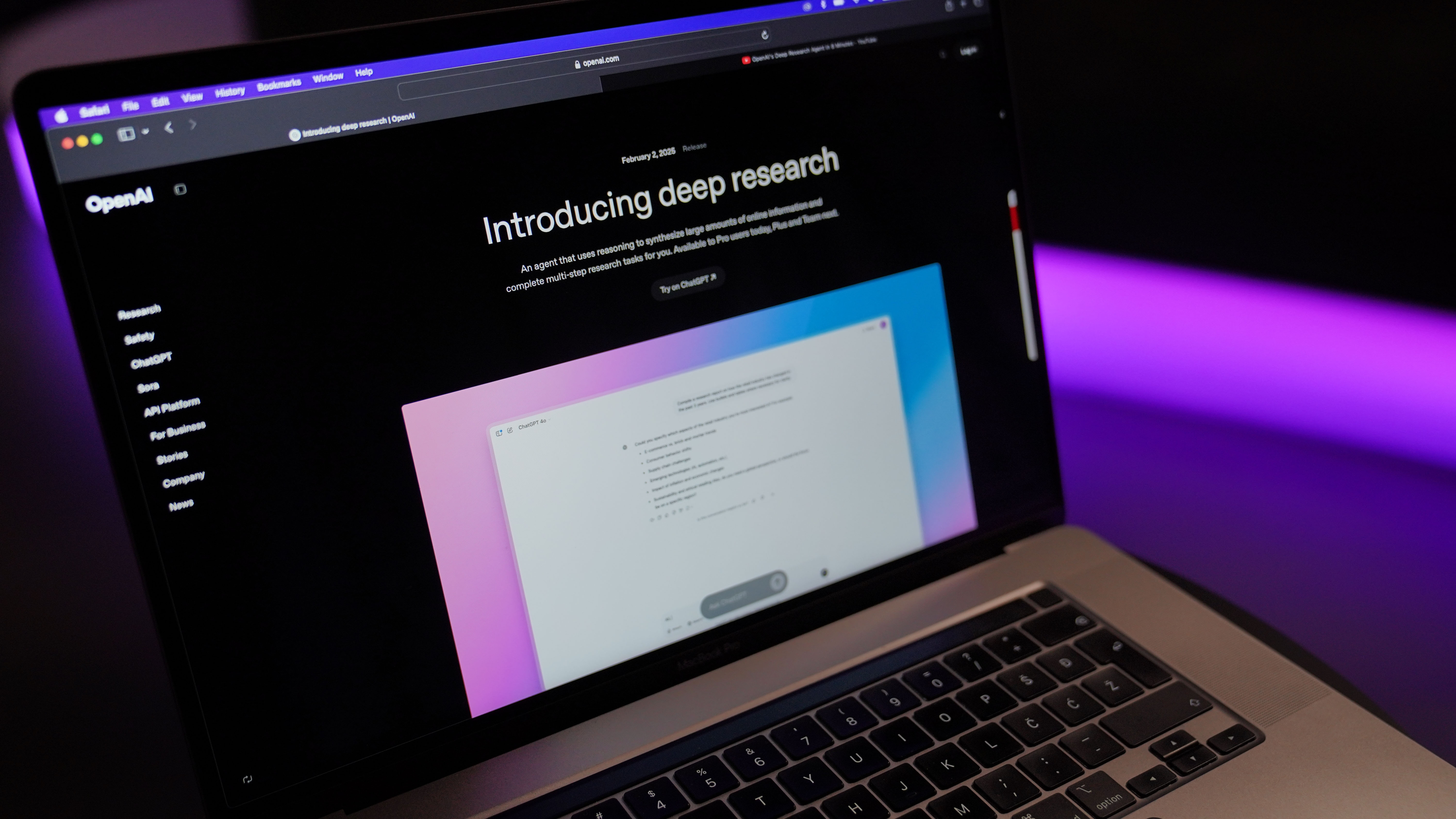



















































































































































![[The AI Show Episode 144]: ChatGPT’s New Memory, Shopify CEO’s Leaked “AI First” Memo, Google Cloud Next Releases, o3 and o4-mini Coming Soon & Llama 4’s Rocky Launch](https://www.marketingaiinstitute.com/hubfs/ep%20144%20cover.png)






















































































































































































.jpg?width=1920&height=1920&fit=bounds&quality=70&format=jpg&auto=webp#)

































































-Resident-Evil-4-Remake-Review---SPOILER-FREE-RESIDENT-EVIL-4-REVIEW-00-04-20.png?width=1920&height=1920&fit=bounds&quality=70&format=jpg&auto=webp#)
































































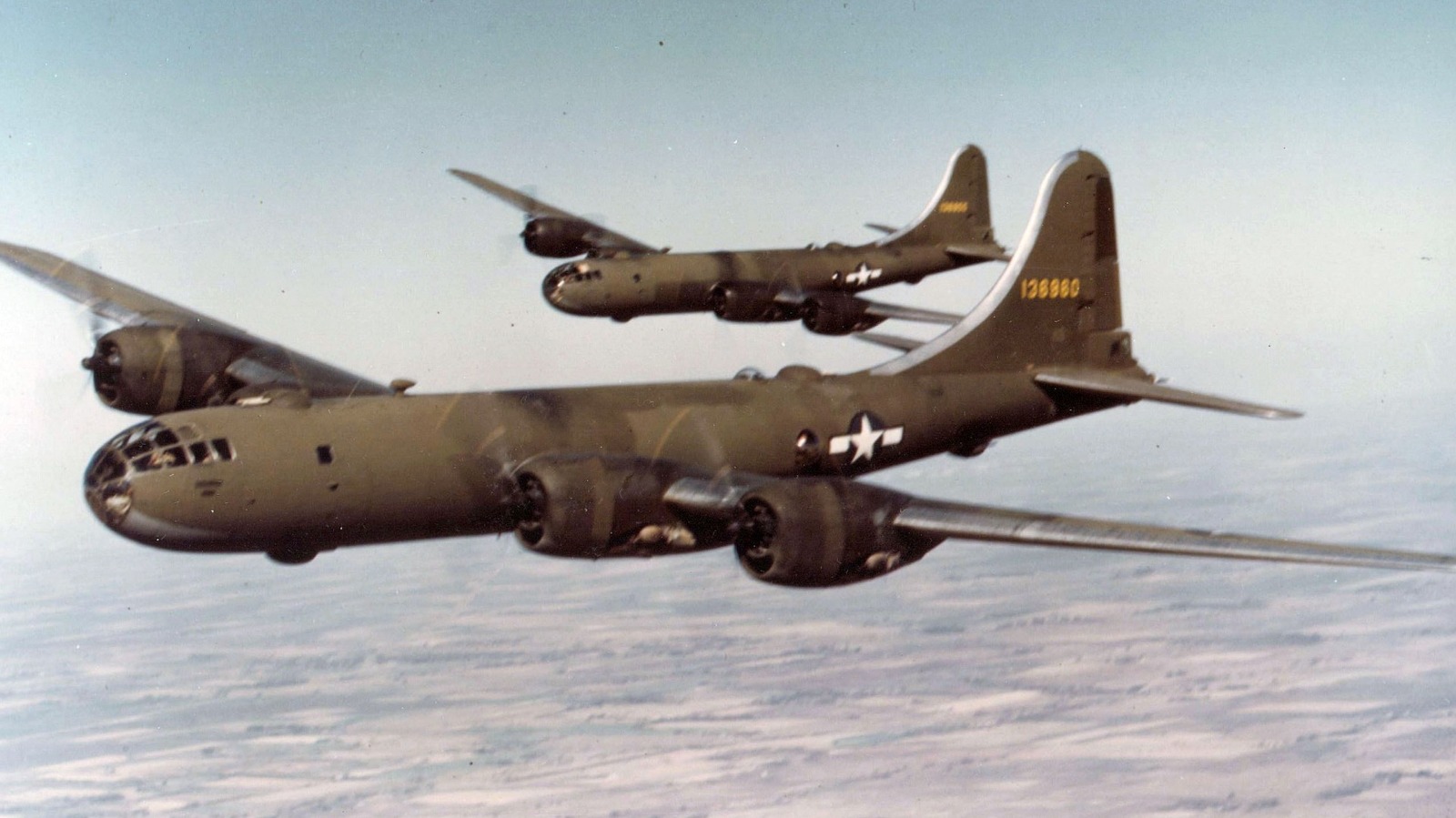

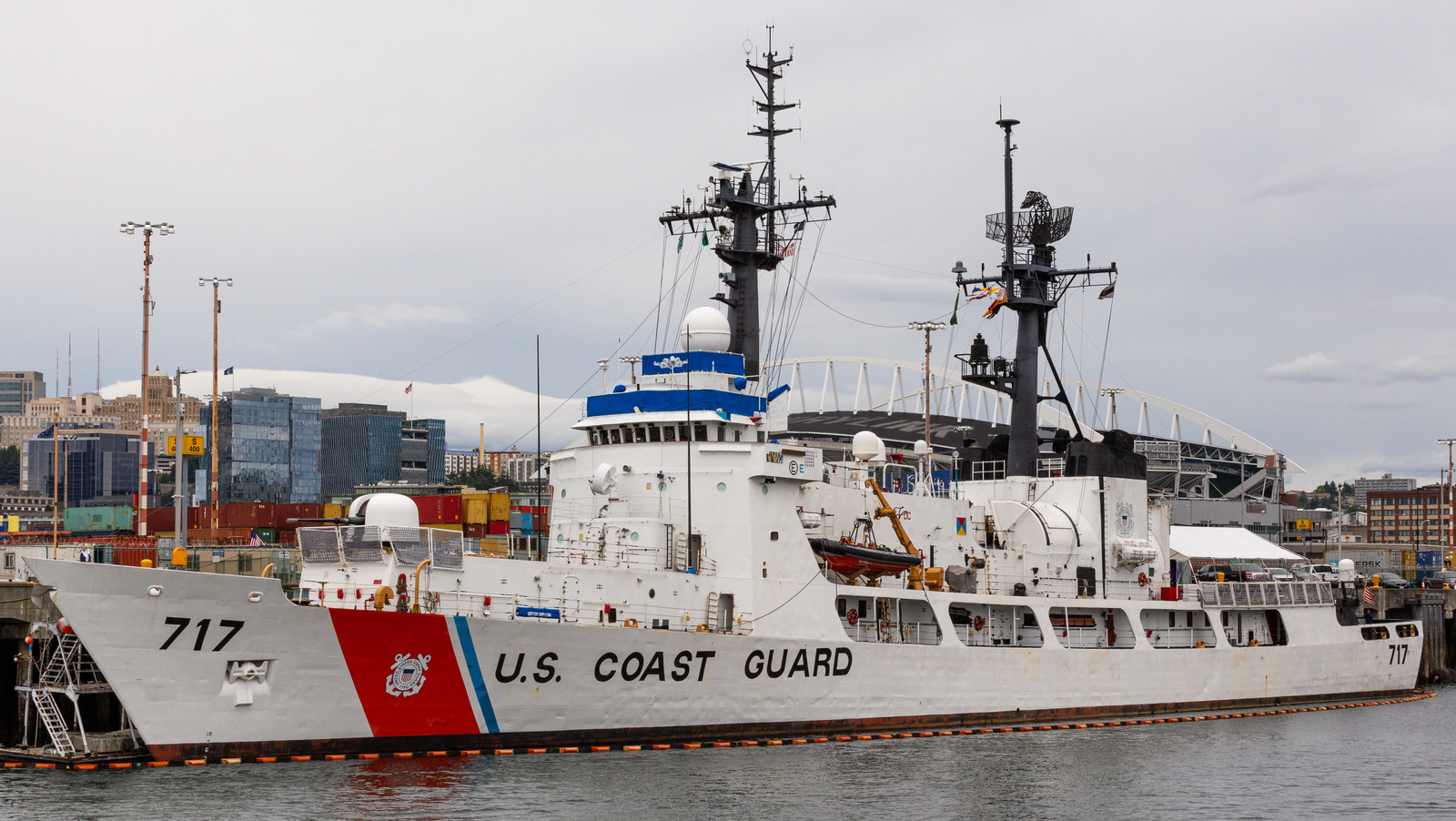








































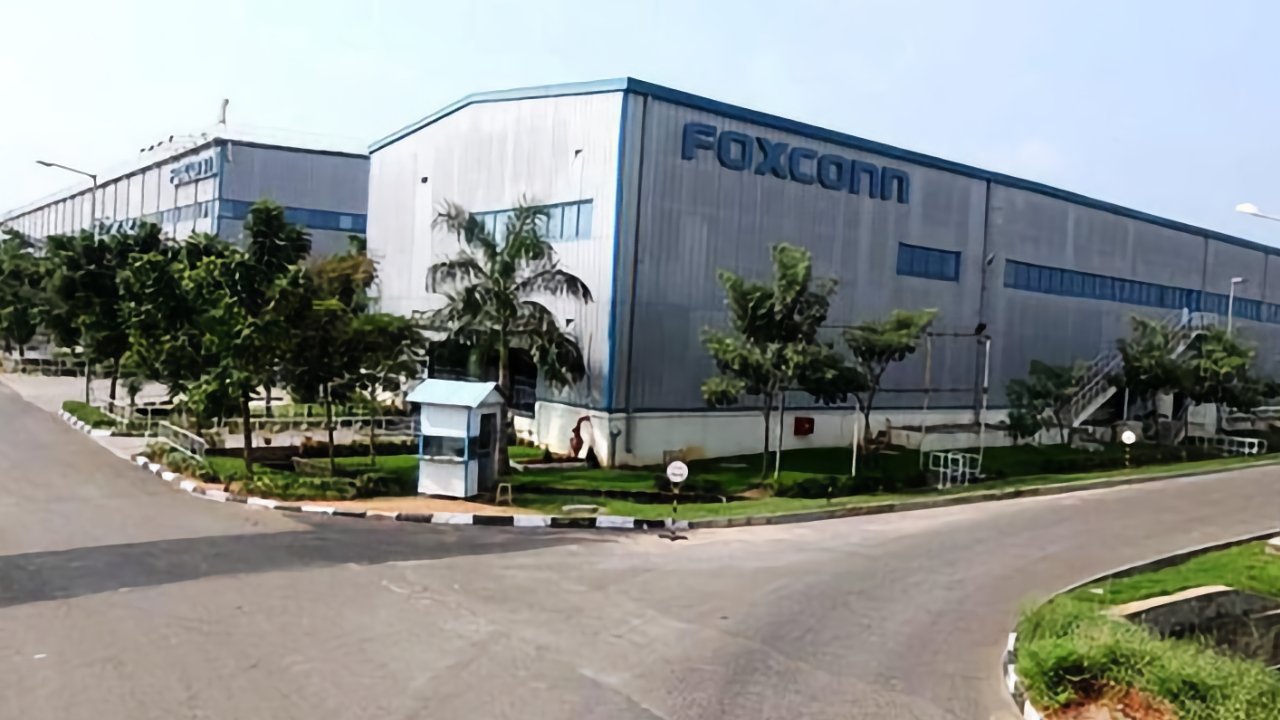



























![Apple to Shift Robotics Unit From AI Division to Hardware Engineering [Report]](https://www.iclarified.com/images/news/97128/97128/97128-640.jpg)

![Apple Shares New Ad for iPhone 16: 'Trust Issues' [Video]](https://www.iclarified.com/images/news/97125/97125/97125-640.jpg)































































































